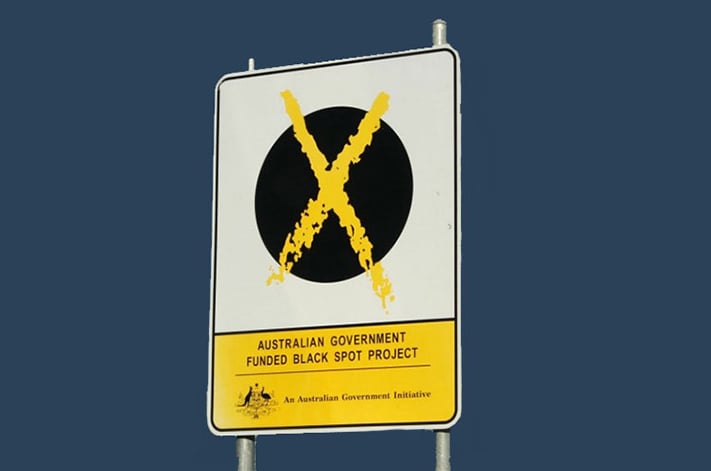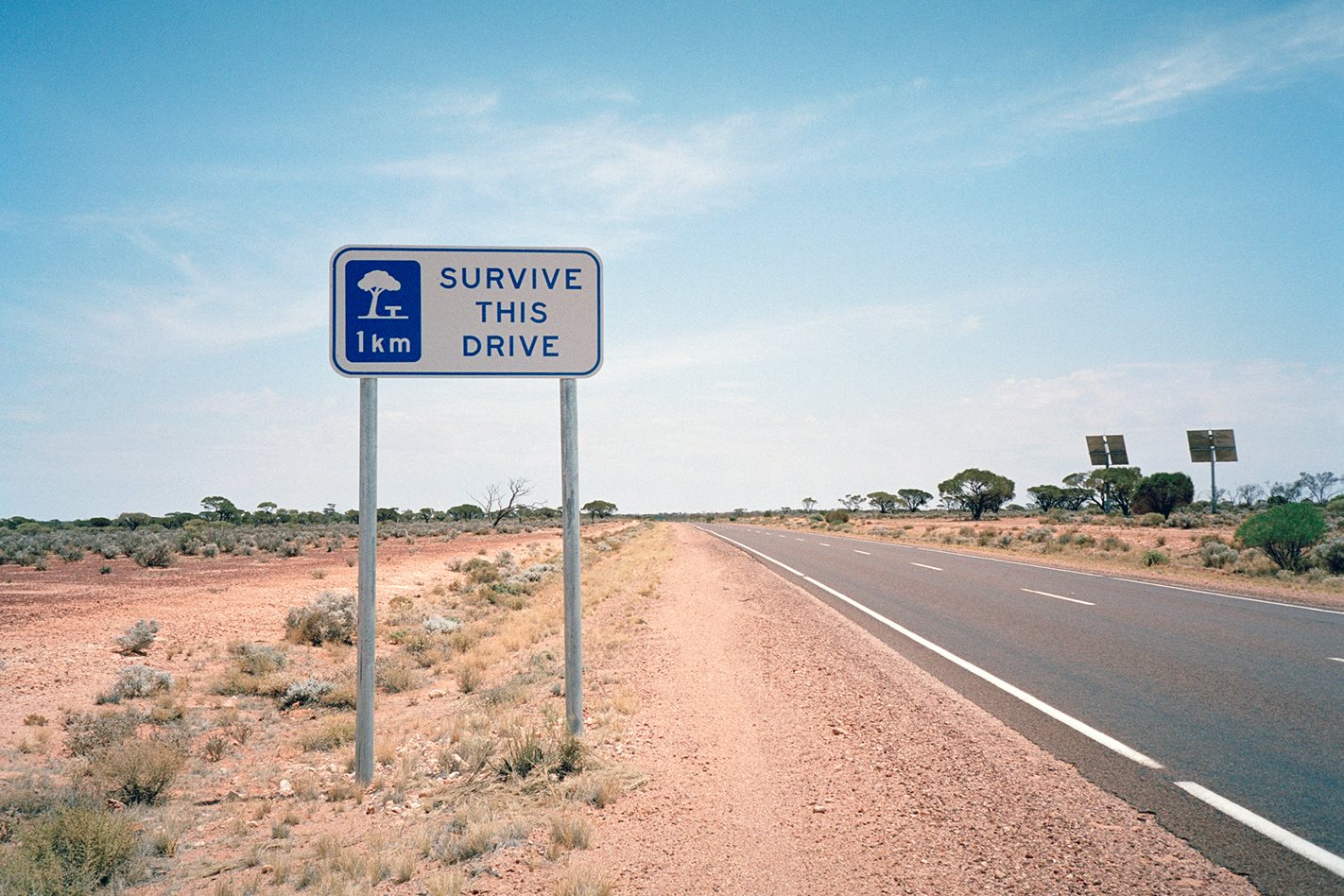A ROAD safety expert says the national Black Spot Program is a too-little-too-late Band-Aid solution, which will fail to meet its target of cutting Australia’s road toll by 30 percent by 2020.
Dr John Crozier, who chairs the Royal Australasian College of Surgeons’ Trauma committee, says complacency by successive federal governments has doomed the program to failure.
Dr Crozier is also the co-chair of a review of the National Road Safety Strategy which is due to report to the government in April, but has spoken out about his concerns in the wake of 28 deaths on NSW roads over the Christmas New Year holiday period.
The vascular and trauma surgeon told Fairfax Media that successive federal governments have become complacent about road the accident prevention ever since the Howard Government abolished the Federal Office of Road Safety in 1999.

“There are 44,000 [people hospitalised after a vehicle crash] each year in Australia. We accept that as the price to travel on our road system. It’s got to stop, we can’t keep doing this,” Dr Crozier said.
He also criticised the program’s reactive approach to the road safety problem
“It’s a flawed concept to wait until you’ve got hotspots of fatalities and serious injury before you then throw a Band-Aid at fixing that bit of road,” he told Fairfax.
“We’ve got to get well past waiting for death or serious injury before we do something about it. We have to be much more proactive.”
More than $684 million in federal money has been budgeted to be spent on the Black Spot Program between 2013 and 2021, but Dr Crozier said it should be scrapped in favour of “whole of corridor improvement”.
He also says the states should be required to provide evidence that the work led to reduced deaths and serious injuries.
The Australian Automobile Association (AAA), which has long been a supporter of the Black Spot Program, recently shared similar concerns in its National Road Safety Platform released in September 2017.
The AAA supports the program, which it says has prevented more than 4000 crashes and 30 fatalities per annum. However, it remains concerned at the recent under-spends in the program and recommends the program guidelines be urgently reviewed to ensure funding can be allocated to projects in a timely and efficient manner.
The AAA’s recommendations include:
- Making road safety a greater priority in Infrastructure Australia’s Assessment Framework as well as referencing road safety objectives in IA’s statement of expectations.
- Creating incentive payments in infrastructure agreements to incentivise road safety outcomes and objectives with states and territories for individual projects.
- Permanently increasing funding to the Black Spot program to at least $100 million per year.
- Improving and reviewing the Black Spot program guidelines to ensure funding does not continue to be underspent.
- Demonstrating leadership in innovative congestion management solutions or intelligent transport systems that can be easily replicated across states and territories.
“Since 1996-97, the Black Spot Program has provided more than $1.3 billion for around 8150 road safety projects throughout Australia. Approximately half the total funding is allocated to regional areas because of the large number of accidents on country roads.
“By funding measures such as traffic signals and roundabouts at dangerous locations, the Government’s Black Spot Program reduces the risk of crashes and is saving the community many times the cost of the relatively minor road improvements implemented.”
The spokesperson pointed to a 2012 evaluation of the Program by the Bureau of Infrastructure, Transport and Regional Economics (BITRE), which covered 1599 black sport works.
It estimated that, between 1996 and 2003, the Black Sport Program had reduced fatal and casualty at the improved sites by 30 percent and property only crashes by 26 percent.
“BITRE has also calculated that every $1 invested in the Program reduces the cost of road trauma to the community by $6.70 over the longer term.”






